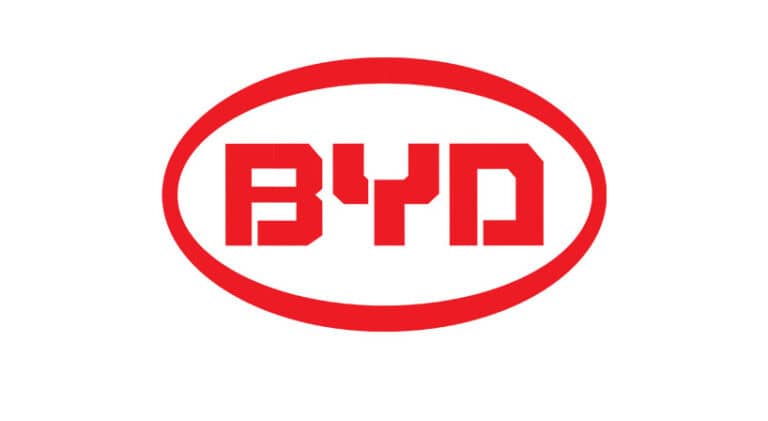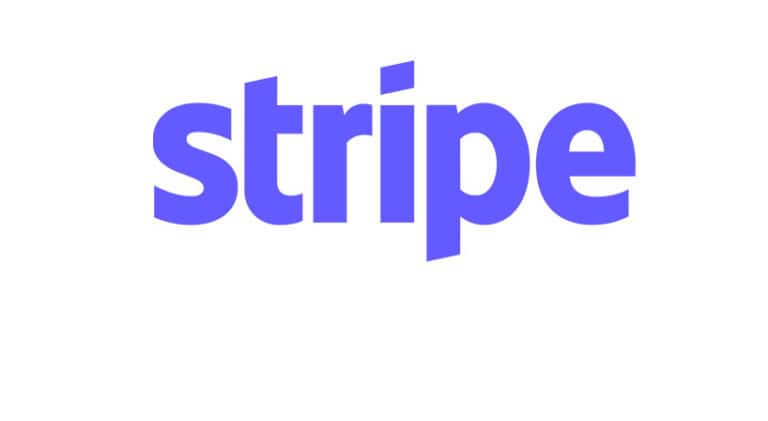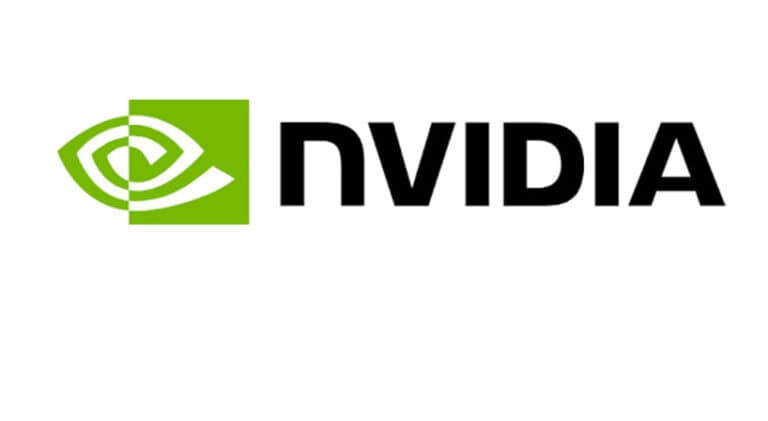The year is 2025, and Skills-Based Hiring has completely rewritten the rules of tech recruitment. Just three years ago, landing a machine learning role at a top company like Google or OpenAI required an Ivy League degree, a flawless GPA, and maybe a research paper or two. Today? None of that matters as much as what you can actually do.
If you're preparing for ML interviews in 2025, this guide will break down:
- Why skills-based hiring is dominating tech
- How FAANG+ interviews have evolved
- The exact skills companies test for
- A step-by-step prep plan to land your dream job
Part 1: Why Skills-Based Hiring Is Dominating Tech
1.1 The Broken Traditional Hiring Model
For decades, tech hiring followed a predictable formula:
- Step 1: Filter by pedigree (Ivy League degrees, big-name employers)
- Step 2: LeetCode puzzles testing algorithmic trivia
- Step 3: Vague behavioral questions ("Tell me about a challenge you faced")
This system collapsed because:
- False positives: Candidates could memorize solutions without understanding (e.g., grinding 500 LeetCode problems but failing at real-world debugging).
- False negatives: Brilliant engineers from non-traditional backgrounds (bootcamps, self-taught) were auto-rejected by resume screens.
The Turning Point:
- 2021: Apple publishes study showing no correlation between CS degrees and job performance for iOS engineers.
- 2023: Tesla's AI team reports that self-taught engineers outperform PhDs in production troubleshooting.
- 2024: Google's internal audit reveals that skills assessments predict success 2.3x better than degree requirements.
1.2 The Data Behind the Shift
Cost Savings:
- IBM reduced hiring costs by 34% after dropping degree requirements (2023 annual report).
- Netflix cut time-to-hire from 42 to 19 days by using work-sample tests.
Performance Gains:
- Engineers hired via skills assessments have 28% higher retention (LinkedIn 2024 data).
- At Meta, skills-based hires deliver production code 17% faster than traditional hires.
Case Study: How OpenAI Changed Its Hiring
Old Process (2020):
- Require PhD + published papers
- Theoretical ML questions (e.g., "Derive backpropagation")
New Process (2025):
- Stage 1: 48-hour project (e.g., "Fine-tune GPT-4 on this niche dataset")
- Stage 2: Live system design ("Scale this RLHF pipeline")
- Stage 3: Debugging session ("This training job is OOMing – fix it")
Result: Hired 3x more women and 2x more engineers from developing countries in 2024.
Part 2: The 2025 ML Interview Process
2.1 Stage 1: The Coding Screen (Now an ML Gauntlet)
Old (2020):
- 2 LeetCode Medium problems (e.g., "Reverse a linked list")
- Pass/fail based on optimal runtime
New (2025):
- Problem 1: "Implement a PyTorch DataLoader for unevenly sized video clips"
- Evaluated on:
- Memory efficiency (GPU utilization)
- Code readability (docstrings, type hints)
- Edge case handling (empty clips, corrupt files)
- Evaluated on:
- Problem 2: "Optimize this Pandas pipeline for a 50GB dataset"
- Must demonstrate:
- Proper chunking
- Dask/Modin alternatives
- Memory profiling
- Must demonstrate:
Pro Tip: Many companies now run plagiarism checks comparing your code to:
- Public GitHub repos
- Past candidate submissions
- AI-generated code (detected via tools like Copilot Radar)
2.2 Stage 2: The Take-Home Project (Production-Ready or Bust)
Example Prompt (Actual from Tesla 2024):
"Build a fault-tolerant system to process 10M sensor readings/sec from our fleet. Your solution must:
- Handle 10% data loss without crashing
- Scale horizontally on Kubernetes
- Include monitoring (Prometheus metrics)
- Deployable via Terraform
You have 72 hours."
Grading Rubric:
| Criteria | Weight |
| Functionality | 40% |
| Code Quality | 30% |
| Infrastructure | 20% |
| Documentation | 10% |
Landmine Alert:
- Some companies inject intentional bugs in starter code (e.g., race conditions in Celery tasks).
- Others provide messy real-world data (missing labels, skewed distributions).
2.3 Stage 3: The Live Debugging Round (Where Most Fail)
Real Examples from 2024 Interviews:
- At NVIDIA: "This CUDA kernel is running 10x slower than expected – optimize it."
- At Anthropic: "Our RLHF reward model has NaN losses – diagnose and fix."
- At Databricks: "This Spark job is OOMing with 200GB data – make it work."
Evaluation Priorities:
- Methodical Approach: Do you check logs/metrics first?
- Tool Proficiency: Can you use py-spy, nvprof, or tensorboard?
- Communication: Explain your thought process clearly.
Pro Tip: Interviewers now often mislead candidates with false clues to test skepticism.
Part 3: The Skills That Matter in 2025 (Ultimate Priority List)
3.1 Technical Skills Hierarchy
Tier 1: Non-Negotiables
| Skill | Why It Matters | How Tested |
| PyTorch Lightning | Standard for production ML | "Refactor this Notebook into a PL module" |
| Distributed Training | Ray/Horovod for multi-node jobs | "Scale this model to 8 GPUs" |
| LLM Fine-Tuning | LoRA, QLoRA, RLHF | "Improve this chatbot's safety" |
| MLOps | Docker, K8s, MLflow | "Deploy this model with canary releases" |
Tier 2: Rising Stars
- Rust for ML: Rewriting Python bottlenecks (tested at Hugging Face).
- TinyML: Deploying models on edge devices (tested at Tesla).
- Vector Databases: Pinecone/Weaviate for RAG apps (tested at OpenAI).
Tier 3: Fading Out
- Theano/Caffe (legacy frameworks)
- Manual hyperparameter tuning (AutoML dominates)
- Basic Pandas/NumPy without optimization
3.2 Soft Skills That Make or Break Offers
1. Explaining Complex Concepts Simply
- Test: "Explain attention mechanisms to a 5-year-old"
- Pro Tip: Use analogies ("It's like highlighting important words in a book")
2. Trade-off Analysis
- Real Question from Meta:
"Would you accept 5% lower accuracy for:- 10x faster inference?
- 50% cheaper training?
- 3x smaller model size?"
3. Debugging Under Fire
- Grading Rubric:
- 0-5 mins: Check logs/metrics
- 5-10 mins: Reproduce issue
- 10-20 mins: Propose fixes
3.3 The Portfolio That Gets You Fast-Tracked
What Top Candidates Have:
- A deployed model (e.g., Hugging Face Space with 1k+ monthly users).
- A technical blog (e.g., "How we reduced LLM latency by 40%").
- Open-source contributions (e.g., fixing bugs in popular ML libs).
What Gets Ignored:
- Academic projects without real-world impact
- Certificates without projects to back them
Key Takeaways for Job Seekers:
- Companies now test exactly what you'll do on the job – no more abstract puzzles.
- Your public work matters more than your resume – GitHub > GPA.
- Debugging and trade-offs are the new leetcode – practice real-world scenarios.
Part 4: Your 2025 Interview Prep Plan
Phase 1: Skill Assessment (Weeks 1-2)
- Take the InterviewNode Skills Audit (free tool)
- Identify gaps: Are you weak in distributed systems or LLMs?
Phase 2: Portfolio Building (Weeks 3-6)
- Must-have projects:
- A deployed ML model (e.g., Hugging Face Space)
- A Kaggle competition (top 20% at minimum)
- An open-source contribution (fix a bug in PyTorch)
Phase 3: Mock Interviews (Weeks 7-8)
- Simulate real conditions:
- Coding: Time-pressured LeetCode + ML problems
- System Design: "Scale this to 1M users"
- Behavioral: STAR method with AI feedback
Conclusion: The Future Belongs to the Skilled
The message is clear: In 2025, you are your portfolio. Companies care about what you can do, not where you learned it.
Your Next Steps:
- Audit your skills (Find your weak spots)
- Build in public (GitHub, blog, Kaggle)
- Practice like it's real (No more passive studying)






